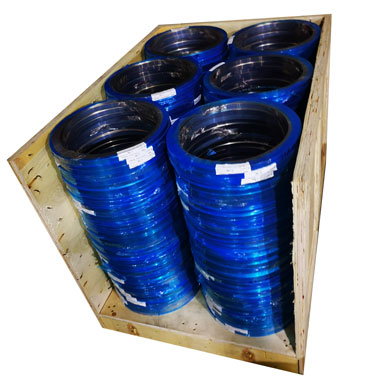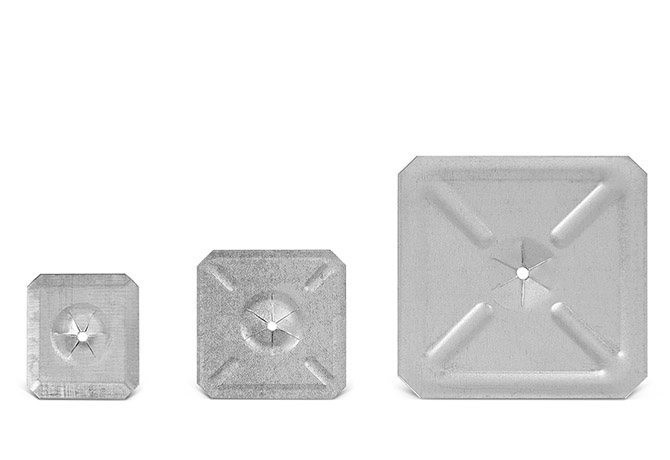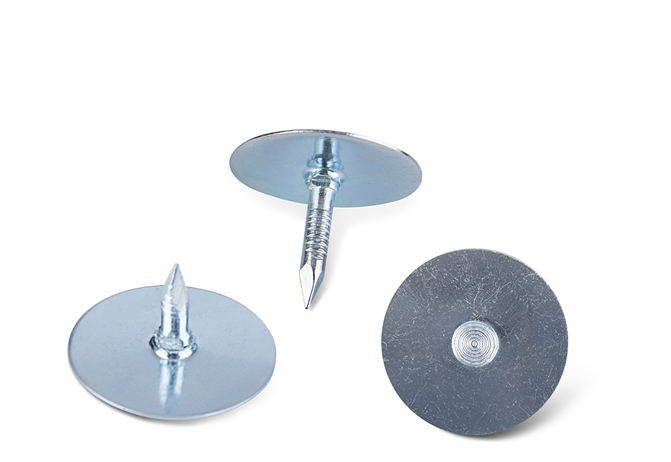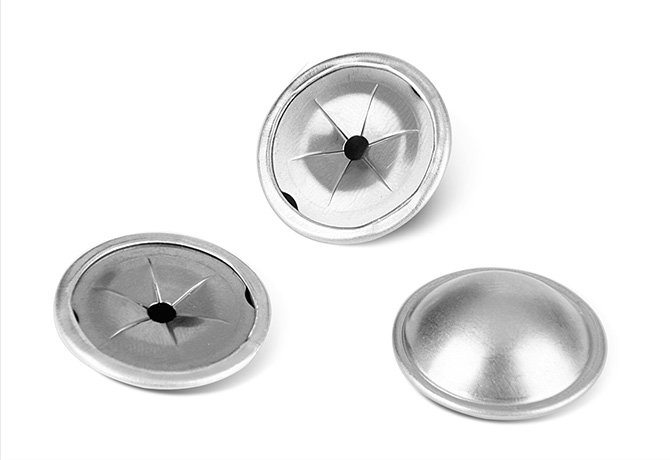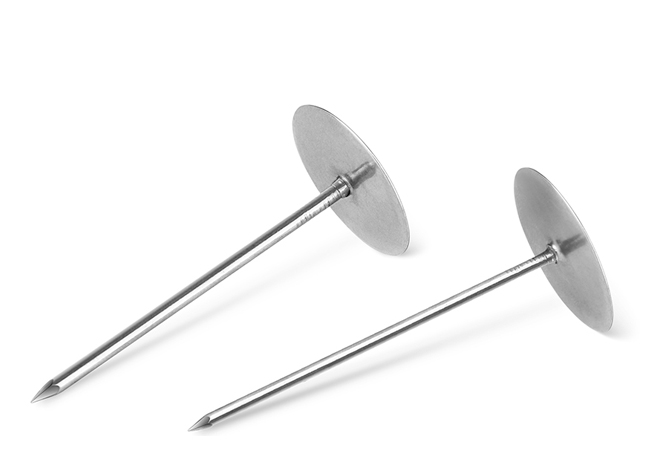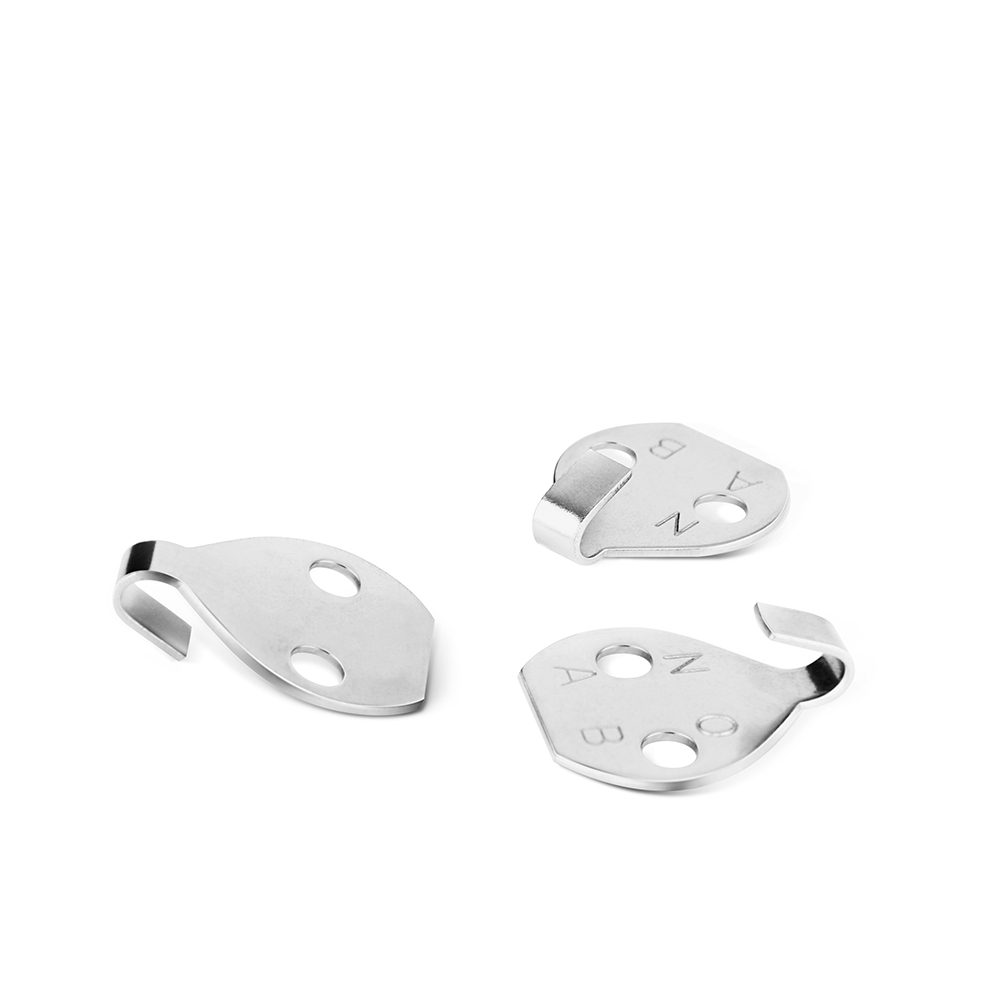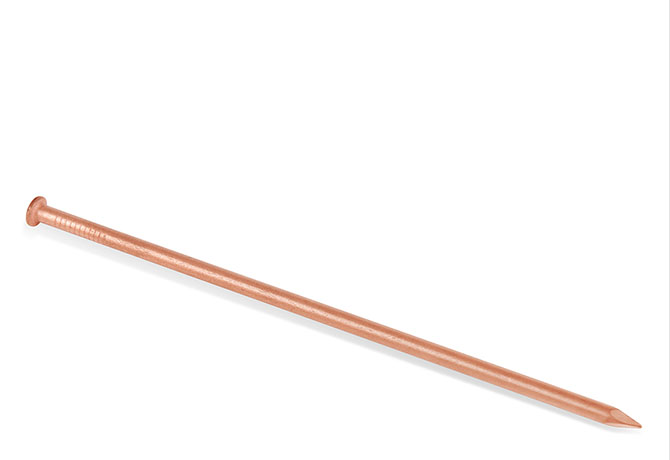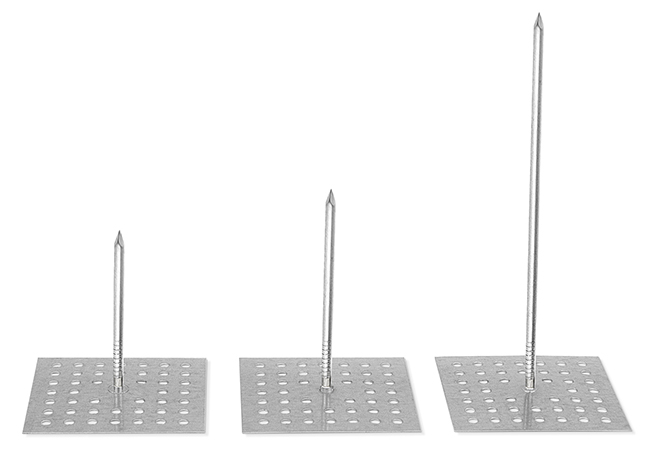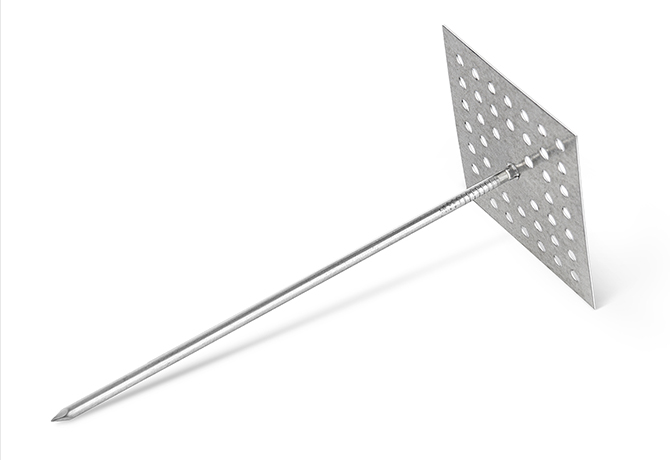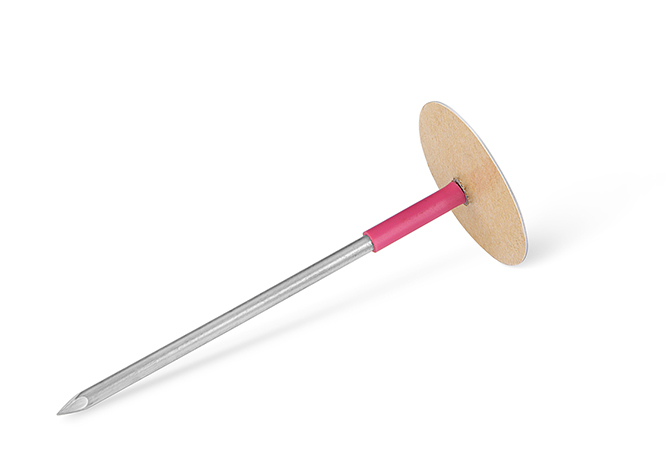Address: 626 Zhongxinbao, 101 Industrial Road, Pinghu Town, Shenzhen, China
Contact: Lily
Mobile phone: 13530581917
E-mail:lily@mps-insulationpins.com
How To Test Weld Pins, Weld Studs And Cuphead Weld Pins
Portable stud-welding is easy to operate and can be used to install many types of fasteners, including things like Weld Pins, Weld Studs and Cuphead (or “mini-Cup”) Insulation Pins.
At Midwest Fasteners, we know that getting work done fast and with reliability is really important to most jobs, and we have ways to help with that. The fast and practical application of Capacitor Discharge StudWelding.
A process often called “CD” welding for short.
Installing Fasteners with “C.D.” welding can be very portable and uses “everyday”, one-hundred-and-ten-volt power.
In addition ease-of-use, CD Welding Systems have:
simple parts
work quickly
and can be used on thin metals to apply a range of Fasteners.
The process of Capacitor Discharge welding occurs in a series of 4 rapid steps:
Contact
Ignition
Placement of the Fastener
and “Completion” of the Weld.
Looking at a standard MIDWEST Portable C.D. welder, here are the components of the weld system.
a Power Unit, which is plugged into the source for one-hundred-and-ten-volt power
a CD Gun with Cables
a ground cable and clamping connection
and finally, Gun Accessories to fit the fastener to the Gun.
These parts make up the CD system and we are ready to install parts using C.D. Stud-Welding. With the Gun prepared for the fastener to be welded, the Fastener is held in the gun and everything is properly adjusted. The fastener makes contact with the surface to be welded, as the operator locates the weld gun flat to the surface.
Pressure is applied, the CD Gun is triggered, and just that quickly, the CD equipment completes the weld.
The welded part shows NO backside distortion or “BURN-through” and the weld will provide good strength under pressure.
The Strength of the C.D. weld is strong enough to fail in the fastener “before” it fails in the weld, when properly applied. Ultimately, giving us superior strength for holding firmly in place on many types of applications and uses.
Since the CD process can deliver 15-20 welds per minute, material is installed quickly and positively.
One-hundred-and-ten-volt systems can weld as quickly as you load, contact, and weld.
Using the same type set up and steps we can also apply Stud-sized fasteners just as quickly and reliably.
Testing again shows the Strength of the C.D. weld, which is strong enough to fail in the fastener “before” it fails in the weld.
On very light gauge materials, the base of the stud will actually “pull out” of the material, maintaining the weld under stress, rather than show failure in the fastener. In this case the weld is maintained, but base material is not sufficient to support the load, therefore the base metal shows the failure.
But, the C.D. studweld still “Holds”.
Improperly welded parts can be “read” to evaluate problems with application.
As we saw earlier, a PROPERLY welded C.D. part will fail in the fastener, before failing in the weld. That weld also illustrates proper burn-in and weld appearance. Notice the weld has 360-degrees of melted material at the base.
This melting is consistent, tends to ‘adhere’ to the base diameter of the stud, and is not “splashing out” away from the stud base.
A COLD weld looks different and will fail because of too little heat or too little “time” in the weld cycle.
Notice in this sample of a Cold weld, that there is little or NO melted material around the base of the welded stud. Also the stud, or pin, can appear to be “sitting up” on the material and NOT illustrate good bonding “into” the base metal after the weld cycle.
Looking at the failed part, we see a silver, “soldery” appearance and sometimes even “remains of the weld tip” which was not fully ignited.
In this case heat or time needs to be adjusted to work together. We see this most often at Midwest Fasteners, when proper accessories are “not used” or when the accessories are “not used properly” in the set-up o the weld gun .
HOT Capacitor Discharge welds are also easy to spot.
With too much heat or too little weld time, there is a noticeable SPLASH of the weld material away from the stud base. In some cases there is so much splash, that there is just not enough metal to “weld to” as the studweld is made.
A failed HOT part like this also shows a violent, burnout during the weld cycle, giving it the name “HOT weld”.
Again, heat or time needs to be adjusted to work together.
Again we see this from Midwest Fasteners, when proper accessories are “not used” or “not used properly” in weld gun setup AND especially when the C.D. Welder is turned up too high in it’s voltage setting to “solve” weld quality problems—be sure to consult your Owner’s manual, or equipment markings, for proper settings for the diameter and type of part to be welded.
Cuphead or mini-Cup welding is quite different due to the Pin-Welding process for installations of this type.
The welded Cuphead is designed to provide “support” or Pull-Away strength—-strength sufficient to hold material in place.
To test this, pull from under the washer-head of the welded Cuphead. Pulling straight-away from the base tests the weld strength. Properly welded cupheads should withstand this test and feel ‘strong’ in the bond to the base metal.
Cupheads are NOT designed to provide anything more than support strength and will NOT ordinarily show side-to-side, or ‘shear’, strength.
For more on Cuphead welding and how to install and test cupheads, see Midwest Fasteners video “How to Install Cupheads”
AND for more information on Weld Pins, CD Stud Welding, and Midwest Fasteners;
Previous:We Make And Supply Insulation Anchors, Weld Pins, Weld Studs And Studwelding Equipmen
Next: Duro Dyne Technology And Materials, To Complete Some Of The Most Prominent
Related Industry Knowledge
Related Products











